Figures & data
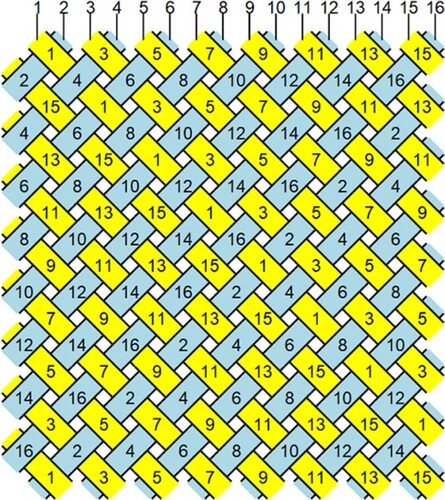
Figure 1. Examples of Naiki braids. Braiding and photography by Rosalie Neilson.
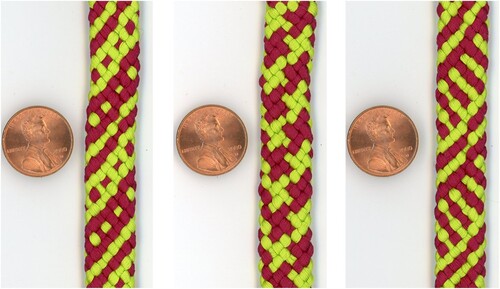
Figure 2. (a) The structure of Naiki. Strands going off one side are assumed to wrap around to the other. (b) An abstracted version of the structure, with a fundamental region marked.
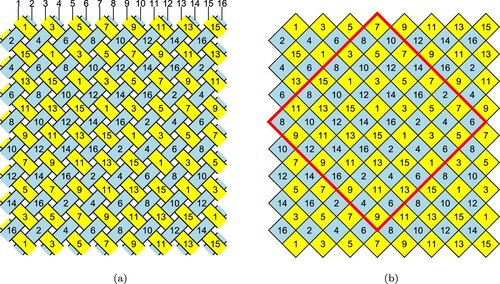
Figure 3. (a) A stripe pattern in the S direction. (b) A stripe pattern in the Z direction. (c) Regularly spaced spots in the S direction. (d) Regularly spaced spots in the Z direction.

Figure 4. (a) A rotation of the braid around its axis. (b) A helical transformation of the braid fixing the odd-numbered threads.
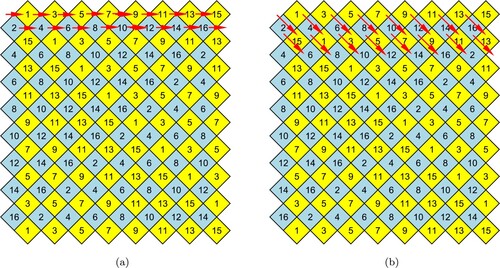
Figure 5. (a) A rotation of the braid around a line perpendicular to its axis. (b) A glide plane reflection of the braid.
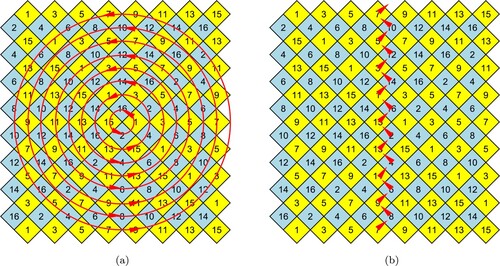
Table 1. Inventory of patterns given by de Bruijn's Theorem.
Table 2. Generating polynomial coefficients of .
Table 3. Inventory of patterns given by the Monster Theorem.
